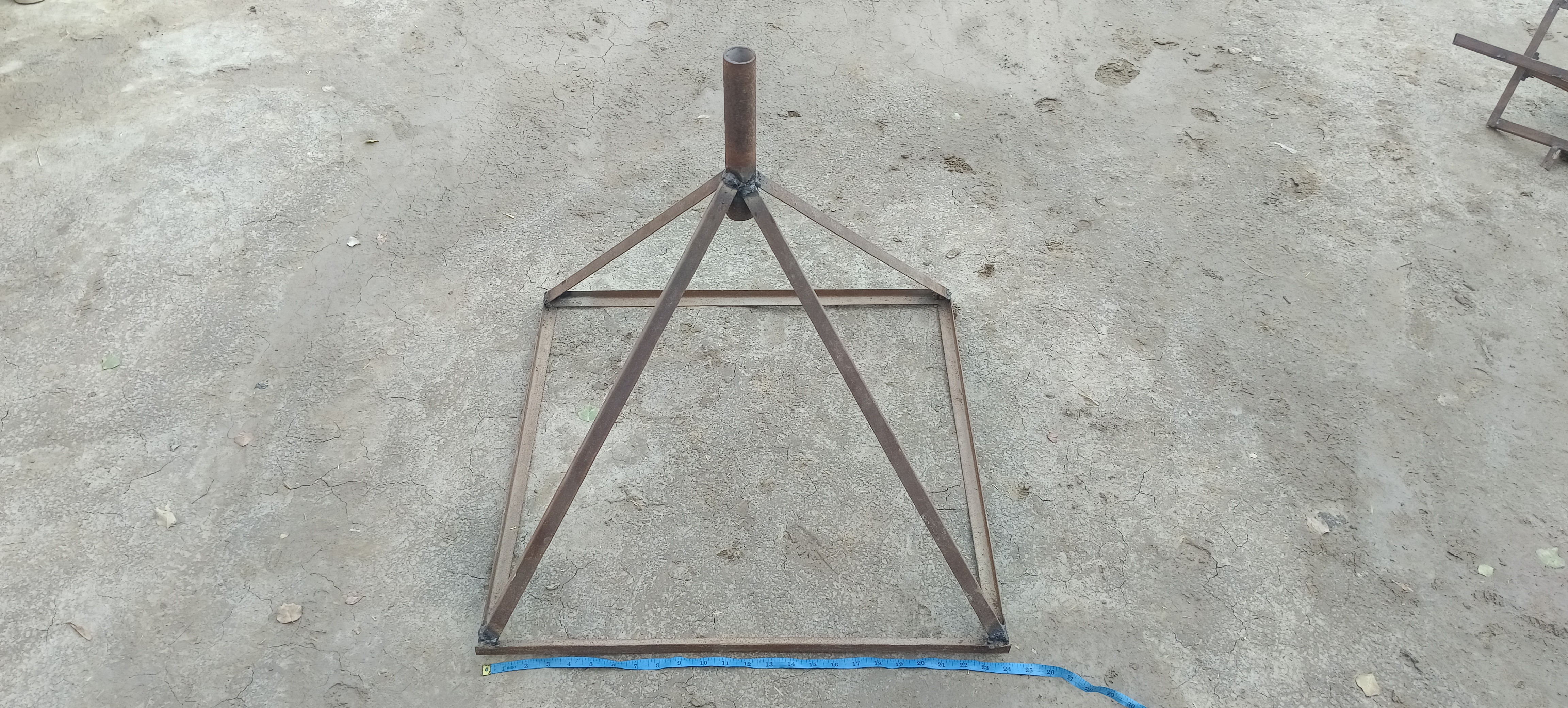Welcome to the Solar Genius Page
Introduction
Energy is one of the necessities to live on this planet. Plants use energy to prepare their food, humans use energy to cook their food, and industries use energy to manufacture different products In early times, energy is completely harnessed from fossil fuels (coal, oil, and natural gas). As humans become more civilized, their industries also grow, which in turn increased energy demand. The rapid increment in population also contributed to the increment of energy demand This caused an increment in the utilization of fossil fuels. Eventually, this started to degrade the environmental quality. Global warming, which is caused by the increase in the concentration of greenhouse gases in the atmosphere due to the burning of fossil fuels, causes the increment of the earth’s mean temperature. This in turn causes climate change, which is responsible for different hazards such as floods and drought. The burning of fossil fuels also causes acid rain, which can cause an adverse impact on forests, freshwater, and soil. The fluctuation and increment of fossil fuel prices were also the other problems that affected countries, whose economy depends on nonrenewable energy . Moreover, according to Hafner and Tagliapietra, after a few hundred years, all fossil fuels in sub-Saharan African countries will be extracted.
To solve the above problem, in addition to energy con- serration, researchers started to study more about alternative energy resources such as solar, wind, hydro, geothermal, tidal, and biomass, which are commonly called renewable energy. These energy sources are clean and environmentally friendly. Green energy (renewable energy) plays an important role to have affordable, accessible, and reliable energy for all. Renewable energy diversifies the energy source and reduces the utilization of fossil fuels. Unlike solar energy, most renewable energy sources require high technological advancement for installation and operation. Therefore, solar energy is a preferable energy source for developing countries including Pakistan.
Solar energy has the potential to become the primary energy source in all countries. This is mainly due to the high solar intensity reaching the earth’s surface. Also, these countries get solar energy for a longer period throughout the year. According to Griffiths, most of the continent enjoys sunshine for a longer season per year. Due to the spherical shape of the earth, the surface of the earth will not get uniform solar radiation. Countries such as Pakistan, which is located near the equator, can get a bigger advantage from this energy source because of the high solar intensity. We can use solar energy for different purposes such as generating electricity, boiling water, and cooking food.
Many countries rely on biomass as a primary energy resource. Among the different types of biomass, most countries utilize firewood, which indicates that deforestation is a big problem. In rural areas, firewood is the main source of energy, but in cities, electricity, kerosene, and charcoal are the main sources. Many of the population utilizes biomass as a primary source of energy. IN most developing countries, there is a shortage of firewood due to the high consumption of energy and cooking in an inefficient stove in a poorly ventilated space. Cooking food requires firewood gathering and frequent attention to make sure the food cooks evenly. Moreover, when women and children collect firewood for cooking and other purposes, they may face sexual harassment such as rape, unwanted pregnancy, psychological problem, and sexually transmitted diseases. Utilizing charcoal in poorly ventilated spaces can cause a serious respiratory problem due to the emission of carbon monoxide and other gases. Kerosene is expensive; therefore, it is not usually...
Read more » Wasim Sahu
Wasim Sahu









 ASHUMHRPROJECTS
ASHUMHRPROJECTS

 Emerica
Emerica
 danfer adrian
danfer adrian